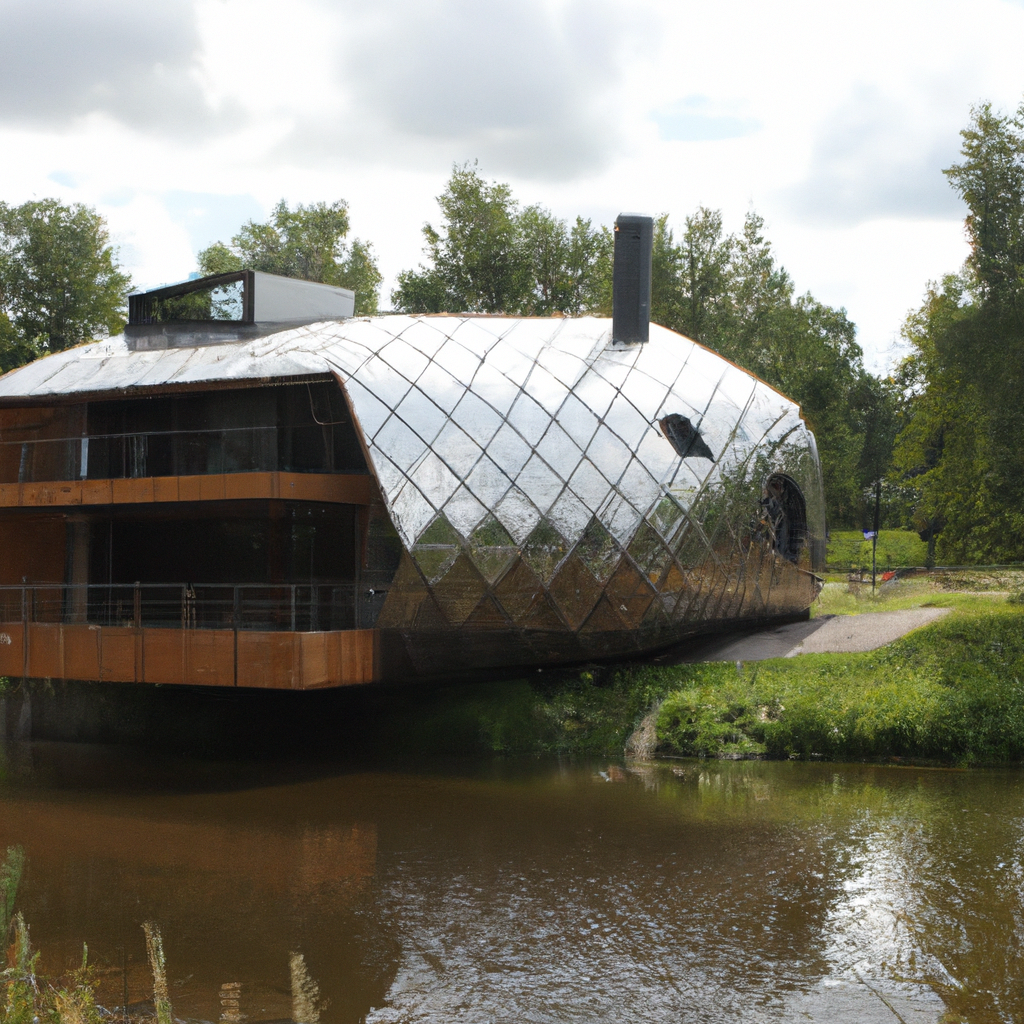
The Future is Here: AI-Designed Hemp Homes
The world is changing, and so are our homes. The use of artificial intelligence (AI) in designing eco-friendly homes is a revolutionary step towards sustainability. One of the most environmentally-friendly materials in use today is hempcrete, a bio-composite made from the woody core of the hemp plant mixed with a lime-based binder. Hempcrete is lightweight, durable, and has excellent insulation properties. These qualities make it an ideal material for building homes that are not only sustainable but also energy-efficient.
The advent of AI-designed hemp homes has made sustainable living more accessible than ever. With the help of AI, architects and designers can create affordable, energy-efficient, and eco-friendly homes that require less energy and resources to maintain. This article delves into the benefits of AI-designed hemp homes and why they are the future of sustainable living.









Sustainable Living Made Easy
AI-designed hemp homes are revolutionizing the way we think about sustainable living. With the help of AI, architects can design homes that are optimized for energy efficiency, water conservation, and waste reduction. The use of hempcrete also reduces the carbon footprint of the home, making it a sustainable choice for those looking to reduce their impact on the environment.
Moreover, these homes are designed to be adaptable to the changing needs of homeowners, creating a sustainable living space that can evolve over time. The use of AI in the design process also ensures that the homes are optimized for the specific needs of the location and the environment, making them even more efficient and sustainable.
Environmental Responsibility Starts at Home
The use of AI-designed hemp homes is not just about sustainable living; it’s about taking responsibility for our impact on the environment. As the world’s population continues to grow, the demand for housing continues to increase. Traditional building materials and construction methods have a significant impact on the environment, from the depletion of natural resources to the release of harmful chemicals.
AI-designed hemp homes offer a sustainable alternative to traditional construction methods. These homes are energy-efficient, water-conserving, and built with environmentally-friendly materials, making them an ideal choice for those who want to live sustainably without sacrificing the comforts of modern living.
The Future is Here: AI-Designed Hemp Homes===
Sustainability is the way of the future, and AI-designed hemp homes are leading the way in building a sustainable future. With their energy-efficient design, water-conserving features, and use of environmentally-friendly materials, these homes offer a glimpse into what sustainable living can look like. As we continue to face the challenges of climate change and environmental degradation, it’s essential to take responsibility for our impact on the planet. Embracing AI-designed hemp homes is a step towards a brighter, more sustainable future.





















